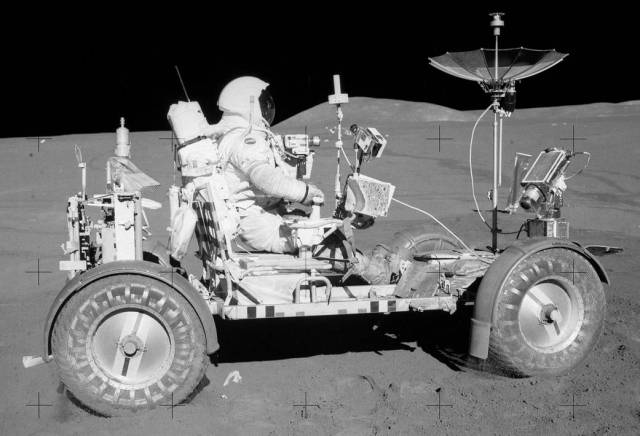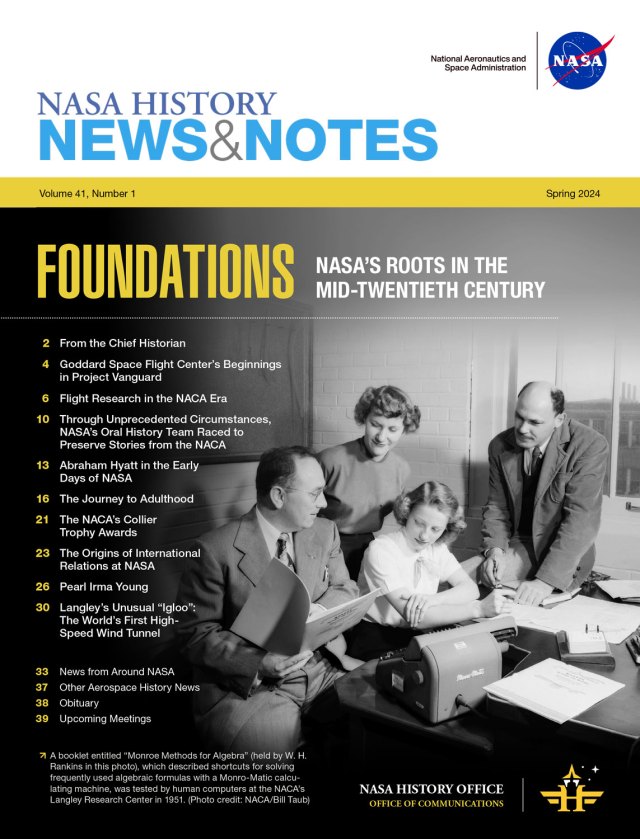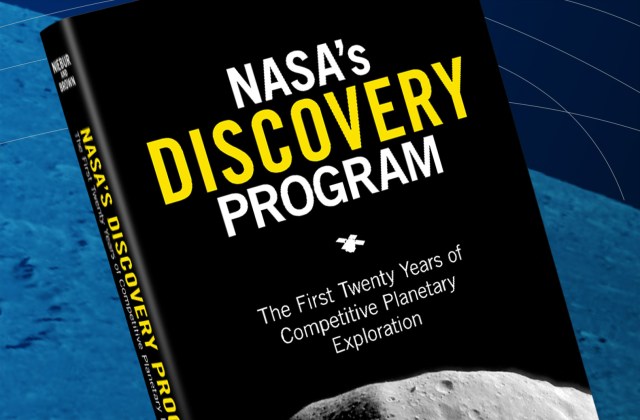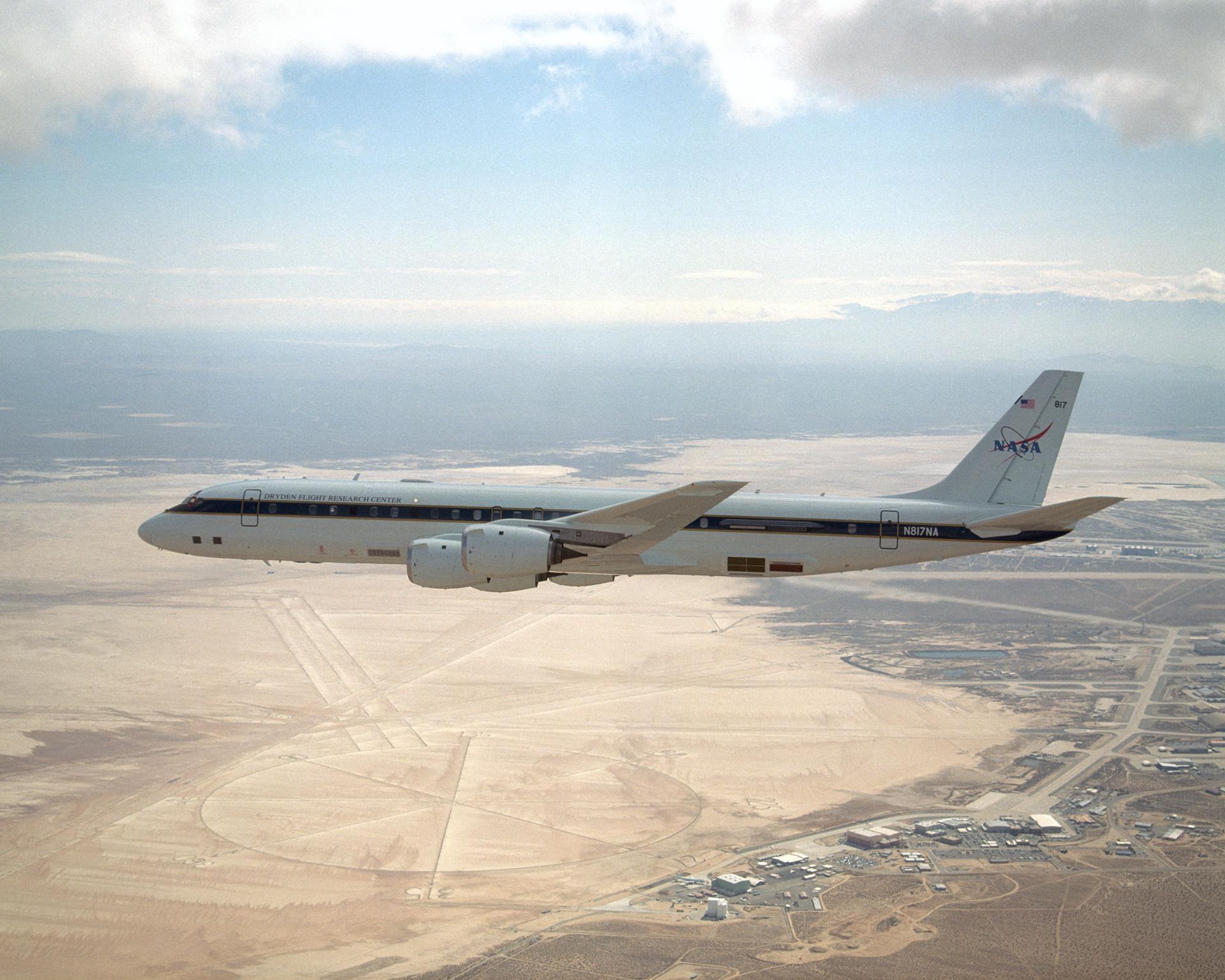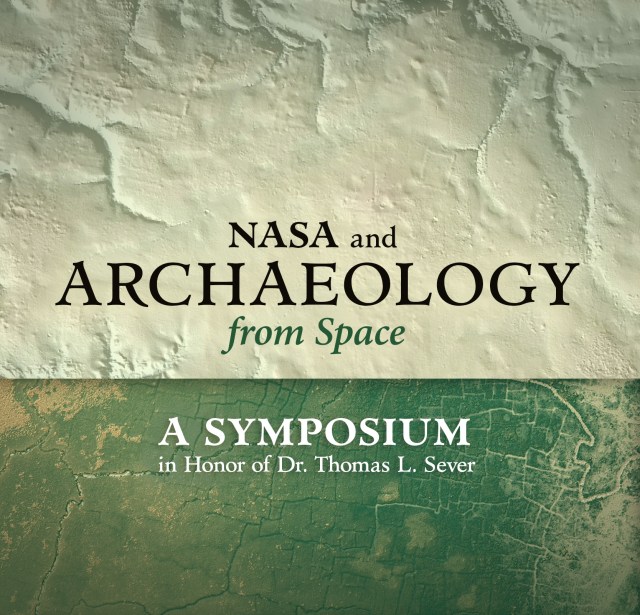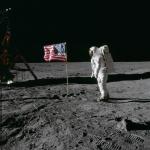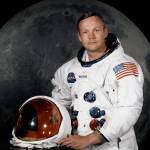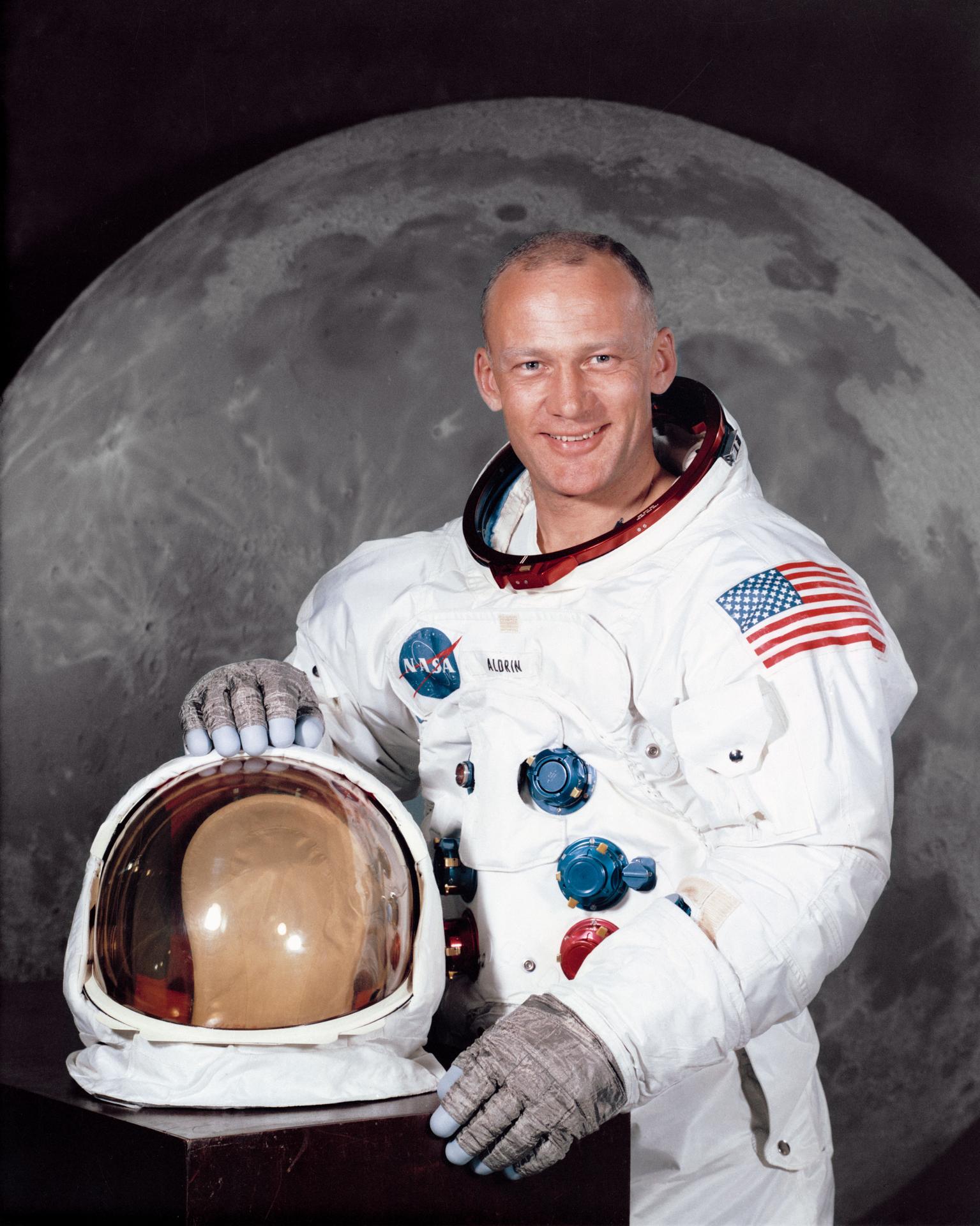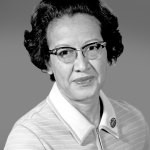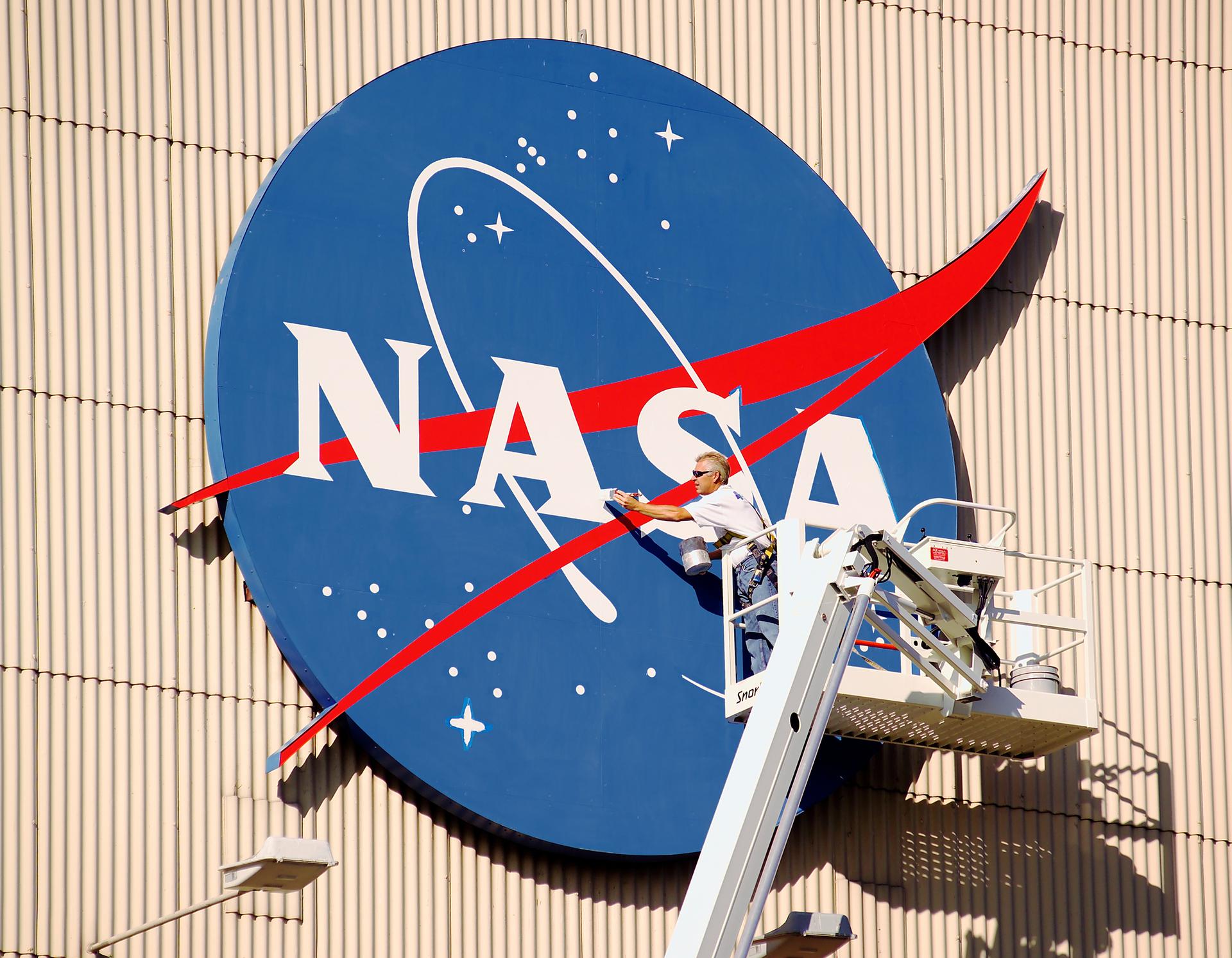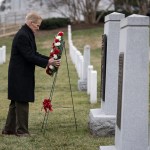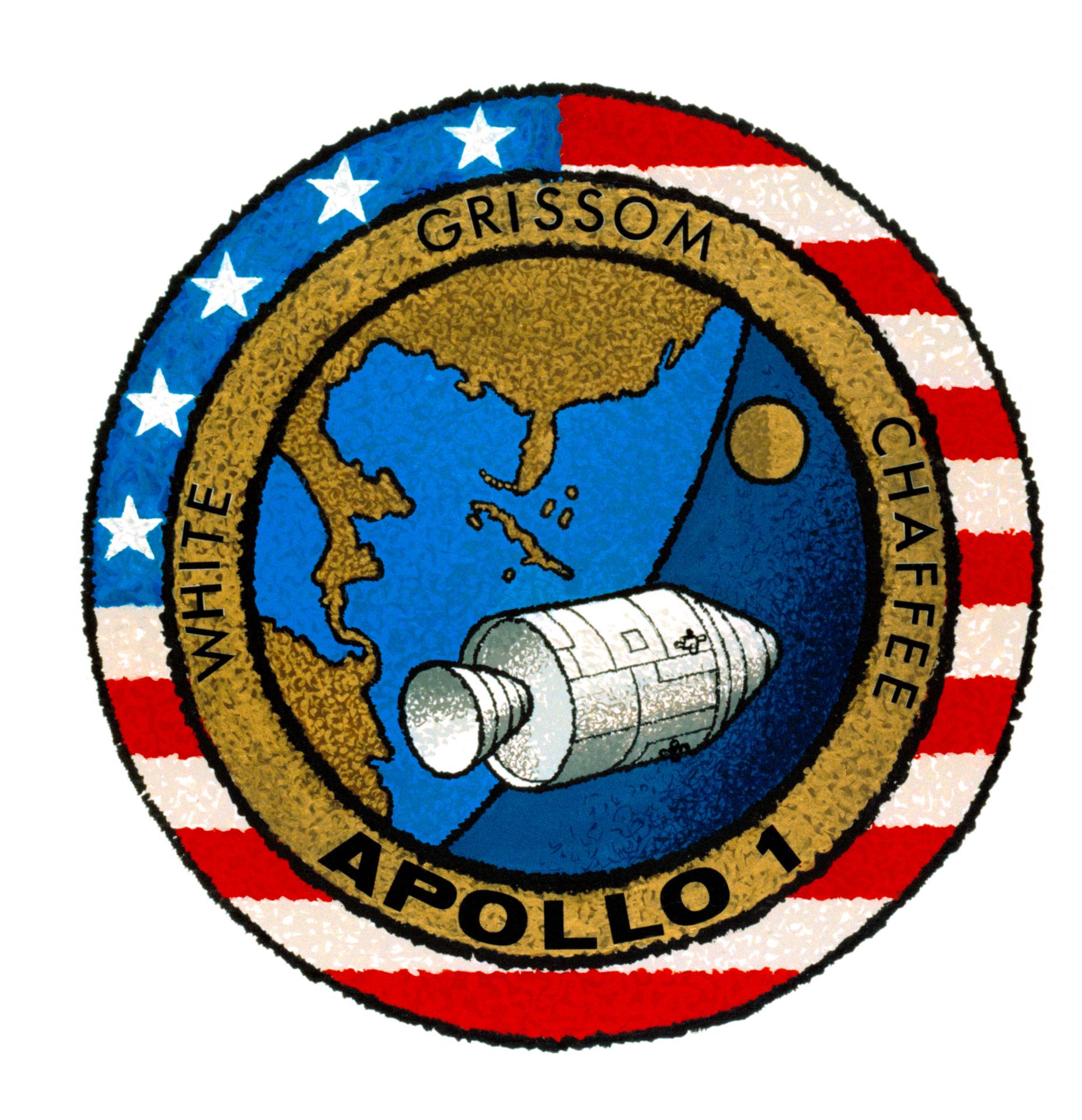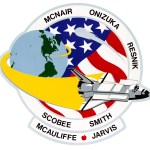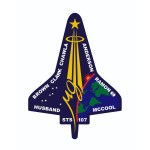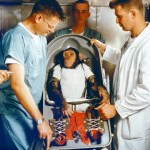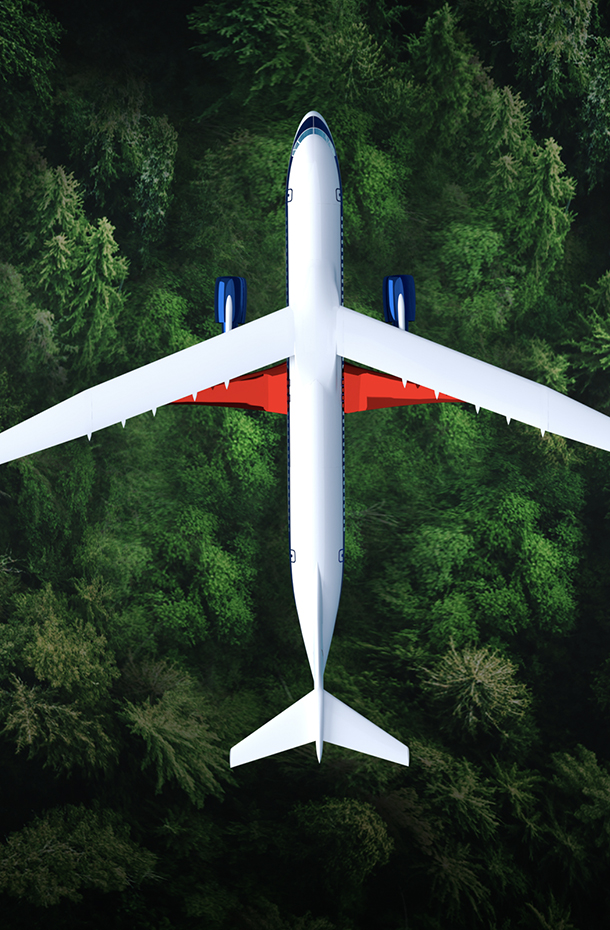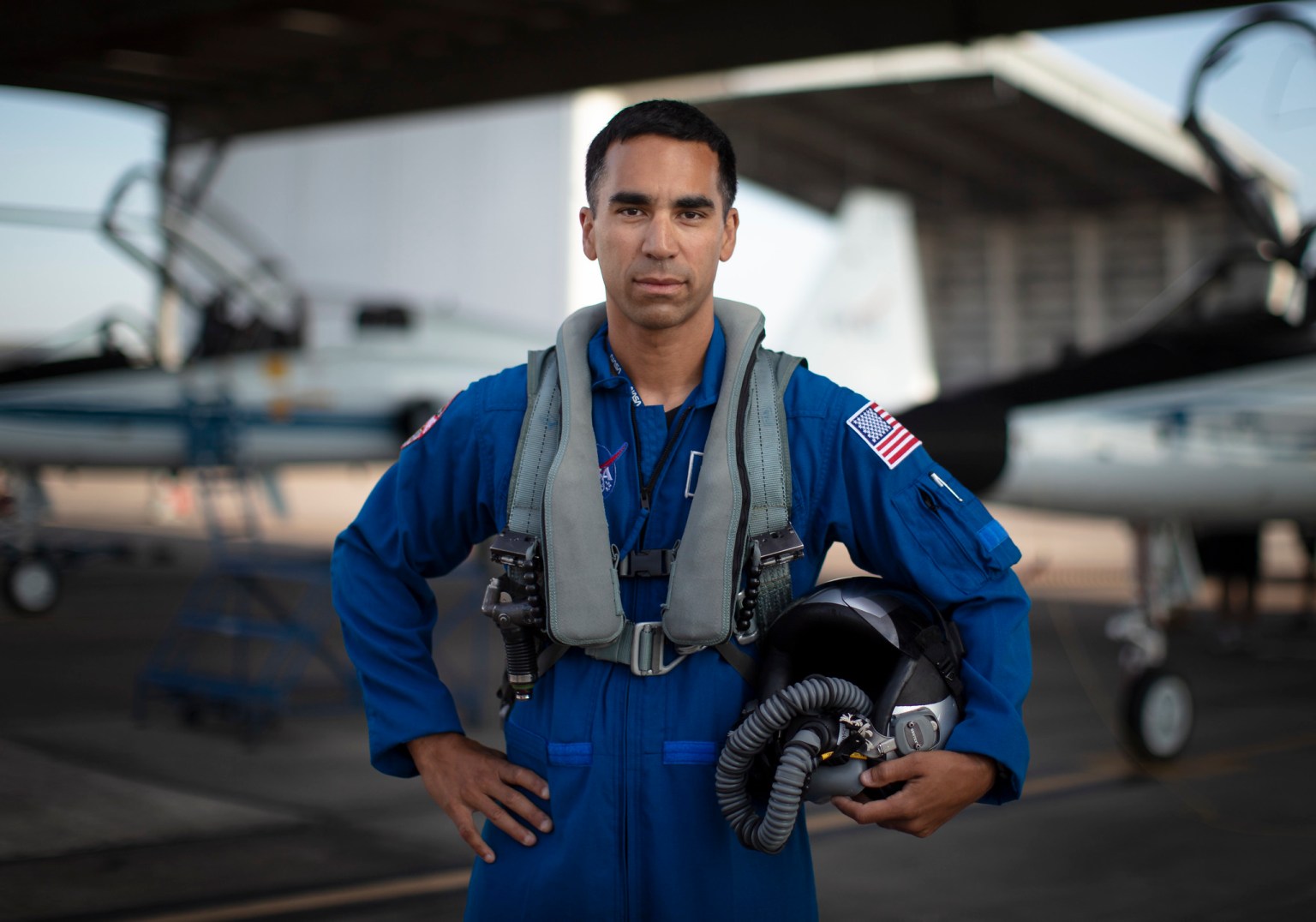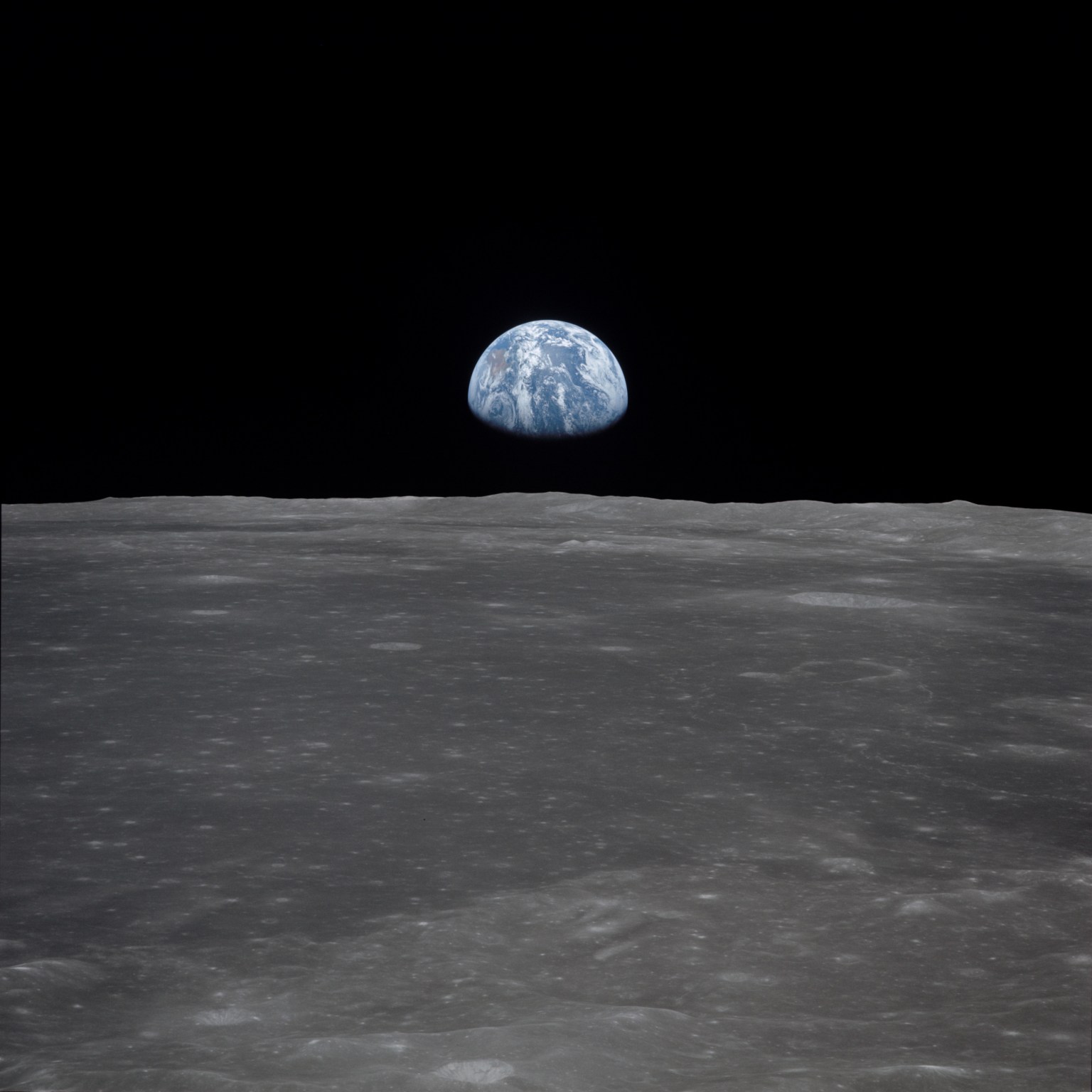
For All Mankind
Since its founding in 1958, NASA has pushed the boundaries of scientific and technical limits to explore the unknown for all the citizens of our planet. Discover the history of our human spaceflight, science, technology, and aeronautics programs.
News and Events
65 Years and Counting
Forged in response to early Soviet space achievements, NASA was built on the National Advisory Committee for Aeronautics (NACA), as the locus of U.S. civil aerospace research and development. Since October 1, 1958, when NASA opened for business, it has accelerated work on human and robotic spaceflight, and is responsible for scientific and technological achievements that have had widespread impacts on our nation and the world.
Discover Our History about 65 Years and Counting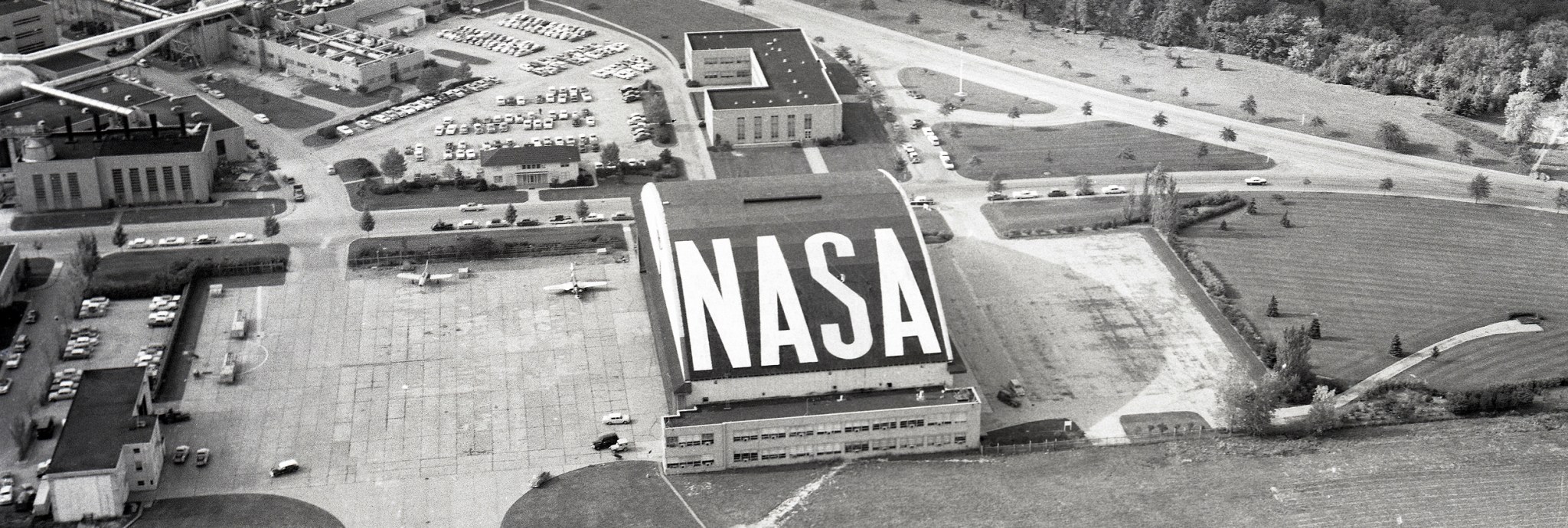
Popular Topics
Recent NASA History Stories
Stay up-to-date with our latest NASA history articles as we revisit the discoveries and challenges of NASA's past.
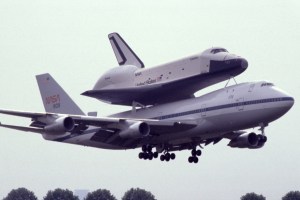
Enterprise, the first space shuttle orbiter that NASA built, arrived at NASA’s Kennedy Space Center (KSC) in Florida on April 10, 1979. Although not space worthy, as a pathfinder Enterprise carried out tasks critical to ensuring the success of the…
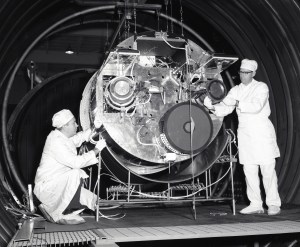
“A genuine space success story,” is how Experiments Manager William Kerslake described NASA’s second Space Electric Rocket Test (SERT II), the first long-duration operation of ion thrusters in space. SERT II provided researchers with data for years beyond its expected…
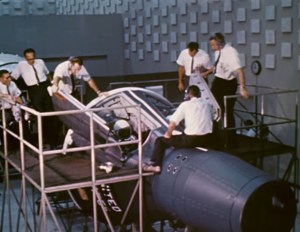
On April 8, 1964, Gemini 1 successfully completed the first uncrewed test flight of the Gemini spacecraft and its Titan II booster. The three-orbit mission proved the structural integrity of the spacecraft and the launch vehicle, paving the way for…
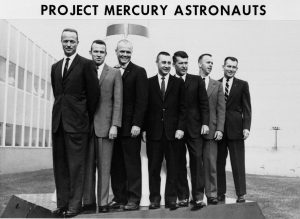
The Mercury 7 On April 9, 1959, reporters and news media crammed into the ballroom of the Dolley Madison House in Washington—the location of NASA Headquarters at that time—to learn the names of the first American astronauts who came to…
The NASA History Office
The National Aeronautics and Space Act of 1958 not only created NASA but directed it “to provide for the widest practicable and appropriate dissemination of information concerning NASA activities and the results thereof.” The sharing of information, including our history, has always been, and continues to be, a priority. Historians in NASA’s History Office do historical research, provide context, answer questions for NASA leadership, and share NASA’s History with the public.
Learn More About Our Work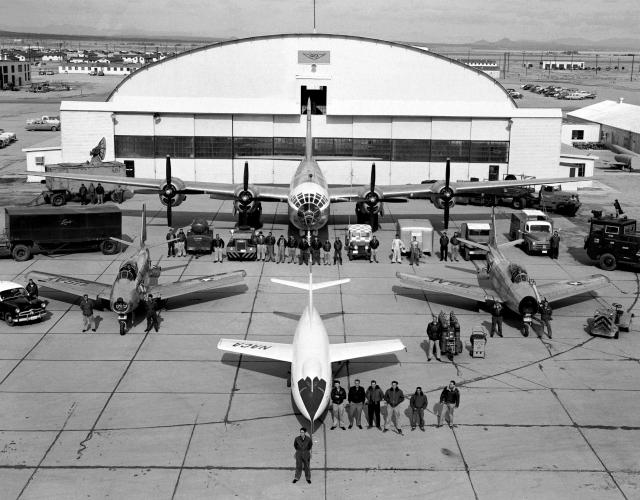
Dive Deeper
Explore interviews with aerospace legends, analyses of key events, aerospace chronologies, and more!
Since NASA’s founding, its History Office has developed history publications and conducted oral history interviews for the use of the general public. Connect with our resources to delve into your aerospace history research.
Explore our Publications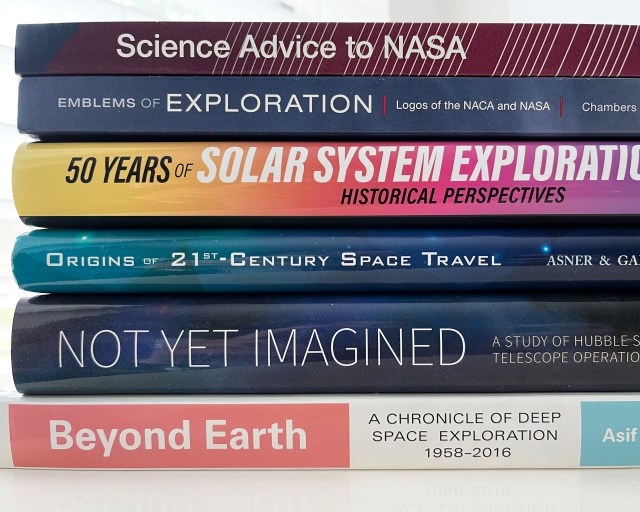
Preserving Our History
And making it accessible to future generations
The NASA Archives works to preserve and provide access to historically and culturally significant records and material created by NASA, including our work in the fields of engineering and science, ensuring that they will be discoverable for generations to come.
NASA Archives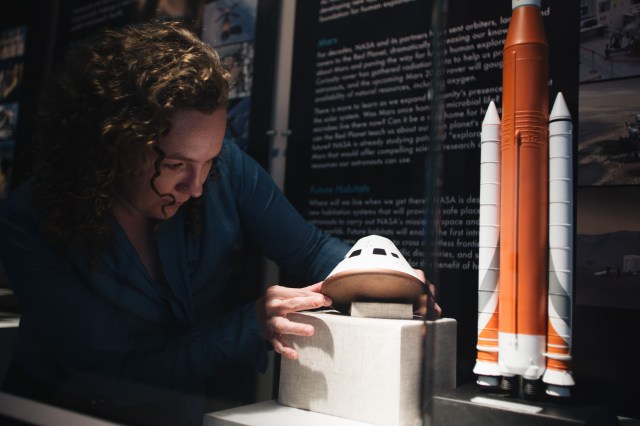
Follow NASA History on Social Media
National History Day Research Help
The NASA History and Archives Offices are strong supporters of National History Day, and have made a ton of material available. Check out our list of resources that will help you with your research.
Kick-start Your Research